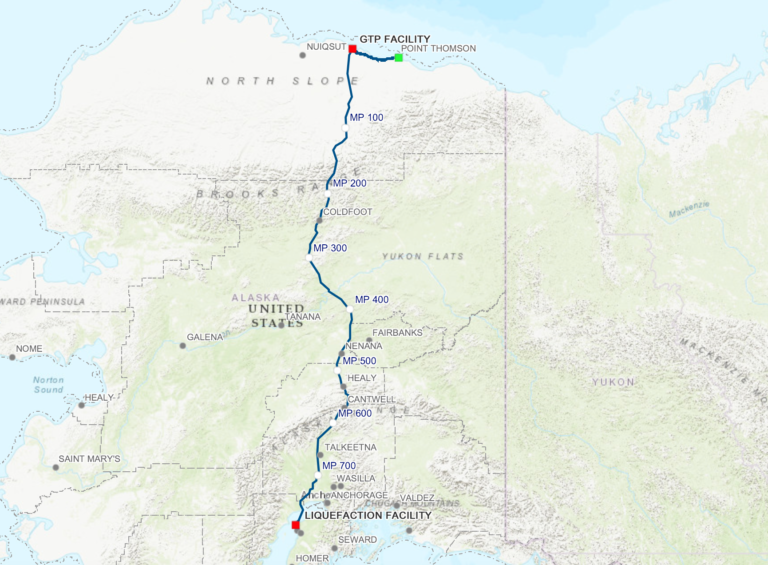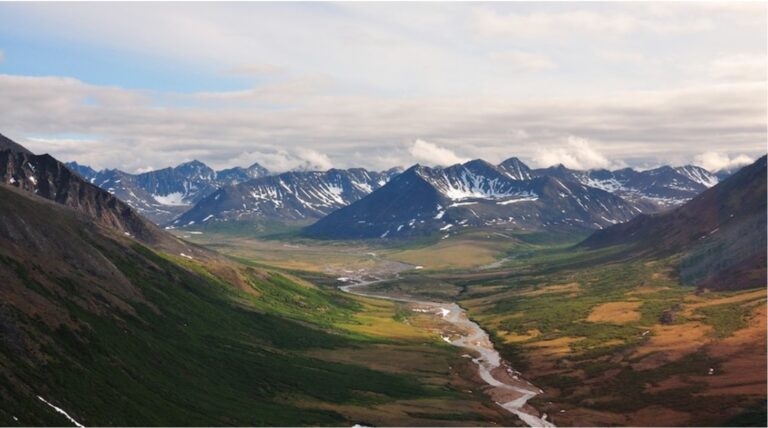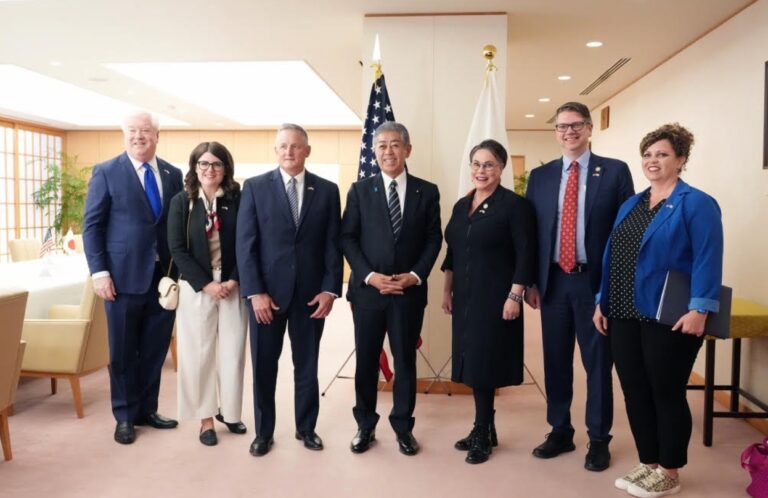It’s the announcement so many have been anticipating: Glenfarne Alaska LNG, LLC, a subsidiary of Glenfarne Group, LLC and the majority owner and lead developer of the Alaska LNG project, announced today the completion of the first round of its strategic partner selection process.
The milestone comes with significant international momentum: more than 50 companies from the United States, Japan, Korea, Taiwan, Thailand, India, and the European Union have formally expressed interest. The total of expressed inters is over $115 billion in potential contract value.
The expressed interest covers a wide range of partnerships, including equipment and material supply, investment agreements, service contracts, and LNG purchase commitments, highlighting a surge in global confidence in the project’s commercial viability and strategic importance.
The announcement came as over 1,000 industry and government leaders are gathered in Anchorage for Gov. Mike Dunleavy’s Strategic Energy Conference.
“The many expressions of interest received reinforce that the market recognizes Alaska LNG’s advantaged economics, fully permitted status, and powerful federal, state, and local support,” said Brendan Duval, CEO and Founder of Glenfarne. “The reality is being understood that the energy crisis in Southcentral Alaska can only be solved, in the long term, by the domestic portion of the pipeline, which is independently financially viable. We look forward to selecting our strategic partners and driving the project forward together.”
The Alaska LNG project is a joint venture with the State of Alaska’s Alaska Gasline Development Corporation. It features an 807-mile, 42-inch natural gas pipeline stretching from the North Slope to Southcentral Alaska. Designed to meet both in-state demand and international export needs, the project includes a 20 million tonnes per annum (MTPA) LNG export facility in Nikiski.
Glenfarne has structured the project into two financially independent phases. Phase One will construct the pipeline from the North Slope to the Anchorage region—approximately 765 miles—bringing much-needed supply to Southcentral Alaska’s strained energy market. Phase Two will add compression facilities and a 42-mile pipeline extension beneath Cook Inlet, linking to the Nikiski export terminal.
Glenfarne anticipates reaching a final investment decision (FID) on the domestic portion of the pipeline in late Q4 2025. To support that timeline, the company recently entered into a partnership with Worley to complete final engineering for the pipeline.
Glenfarne’s experience in LNG markets bolsters confidence in the Alaska project. Its Texas LNG project, also under Glenfarne ownership, has fully committed its export capacity and expects to reach FID later this year. The company also owns Magnolia LNG in Louisiana and is the largest LNG importer into Colombia. In total, Glenfarne’s LNG portfolio represents 32.8 MTPA of permitted export capacity.
Headquartered in New York and Houston, Glenfarne Group operates more than 50 energy infrastructure assets across five countries through its Global LNG Solutions, Grid Stability, and Renewables businesses.










